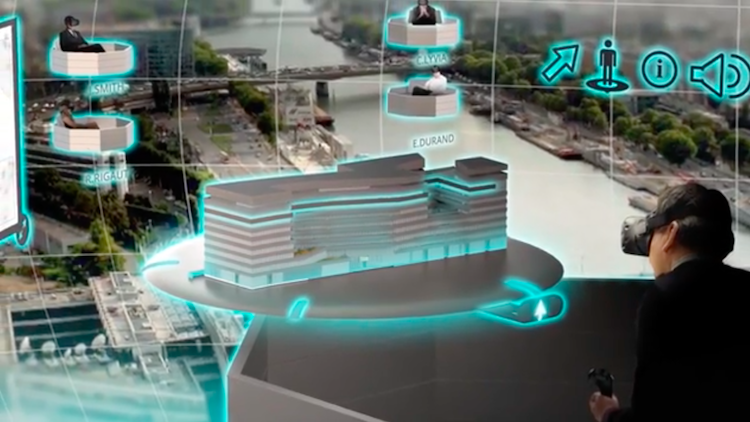The Customer Effect
How banks are using virtual reality
- BNP has introduced virtual reality right into a mobile banking app
- Wells Fargo and Citibank are using VR in their marketing schemes, to develop customer relationships with their brands








